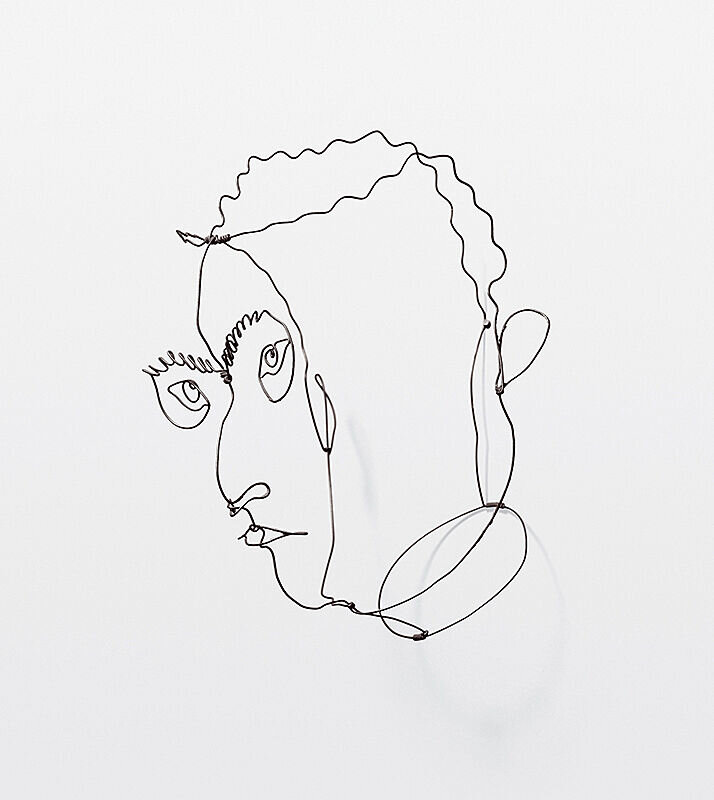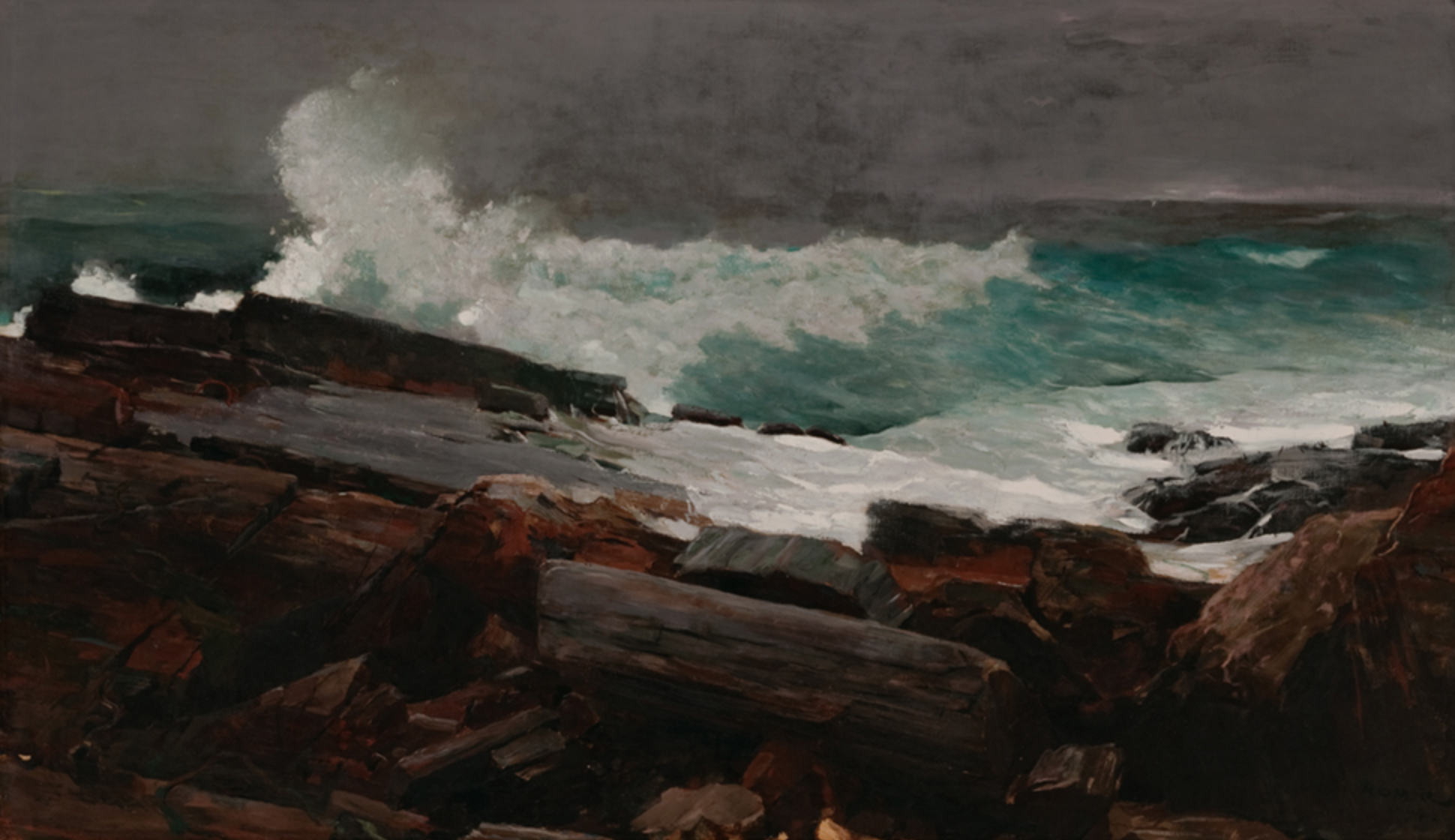"No-Look" Contour Drawing
What to do when you’re stuck at home and “Netflix and chill” just isn’t cutting it? Get creative!
“No-Look” contour drawing is the perfect all-ages activity to relax, have fun, and take your mind off the crisis for a few.
What is contour drawing?
Alexander Calder, Varèse, c. 1930. Wire, 13 3/4 × 11 5/8 × 14 1/2 in. (34.9 × 29.5 × 36.8 cm). Whitney Museum of American Art, New York; 50th Anniversary Gift of Mrs. Louise Varèse in honor of Gertrude Vanderbilt Whitney 80.25
Contour drawing uses one, continuous line to capture what you see. It helps us to look closer at an image, and especially draws our attention to the lines within an image.
Some famous artists who have used contour drawing include Alexander Calder, Egon Schiele, and many more.
What You Need
All you need is a pencil and some paper! Any size paper will do, but sometimes bigger is easier at first.
What To Do
The two most important things to remember are: use one continuous line and no looking at your paper as you draw. Keep your focus on the artwork you’re inspired by, looking closely at the lines in the image. No peeking! Your hand will follow where your eyes go.
Take 5 minutes or so to create your first contour drawing (put a timer on your phone if it's easier), and then pencils down. Look at your drawing and compare it to the image you based it on. What do you think? What was easy? What was difficult? What route did your eyes take to draw this image?
If you did your drawing with friends or family members, try placing your contour drawings face-up around the room. Walk around to look at everyone’s drawings. Notice how they all have different perspectives and approaches—it’s so interesting to see how others approached the task!
Variations To Try
Do the contour drawing for 5 minutes as outlined above. Compare your drawing to the original image, then do another contour drawing for 2 minutes—less time, so you should be working more quickly—and compare it to your 5 minute drawing. What are the differences? Keep it going and mix it up, adjusting and playing with the amount and sequences of time (2 minutes, 5 minutes, 1 minute or 5 minutes, 2 minutes, 1 minute or any combination that works best for you). Varying how long you draw encourages you to rethink your approach to capturing the whole image!
Find Your Contour Inspiration
Explore the entire PMA Collection online and find an artwork that speaks to you. Is it a landscape or portrait, naturalistic or abstract, a painting, photograph, sculpture, or something else? Here are a few to get you going, but the possibilities are endless. As you get comfortable, try taking your contour drawing skills to the next level, drawing people, pets, household items, and things you find in nature. Have fun!







